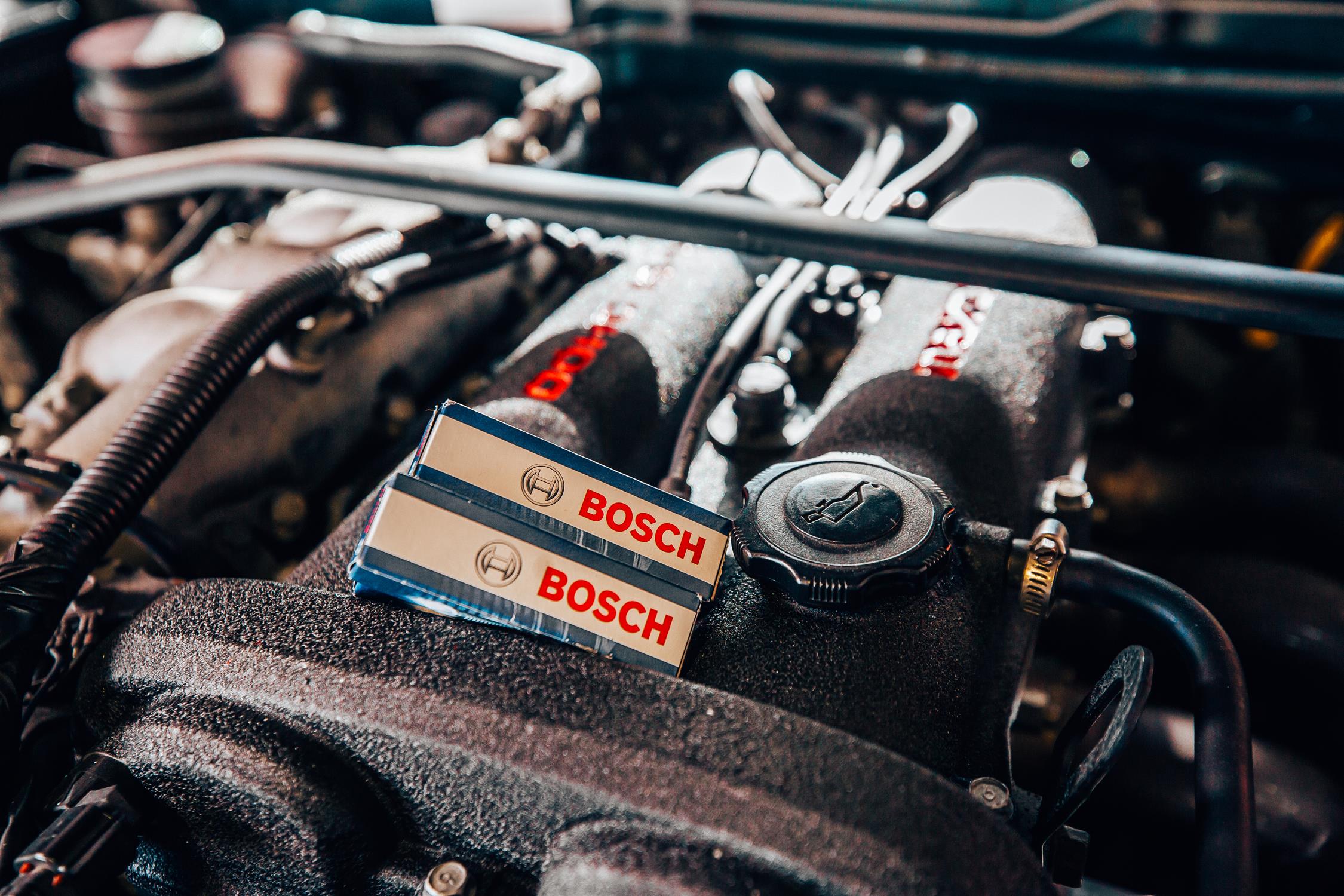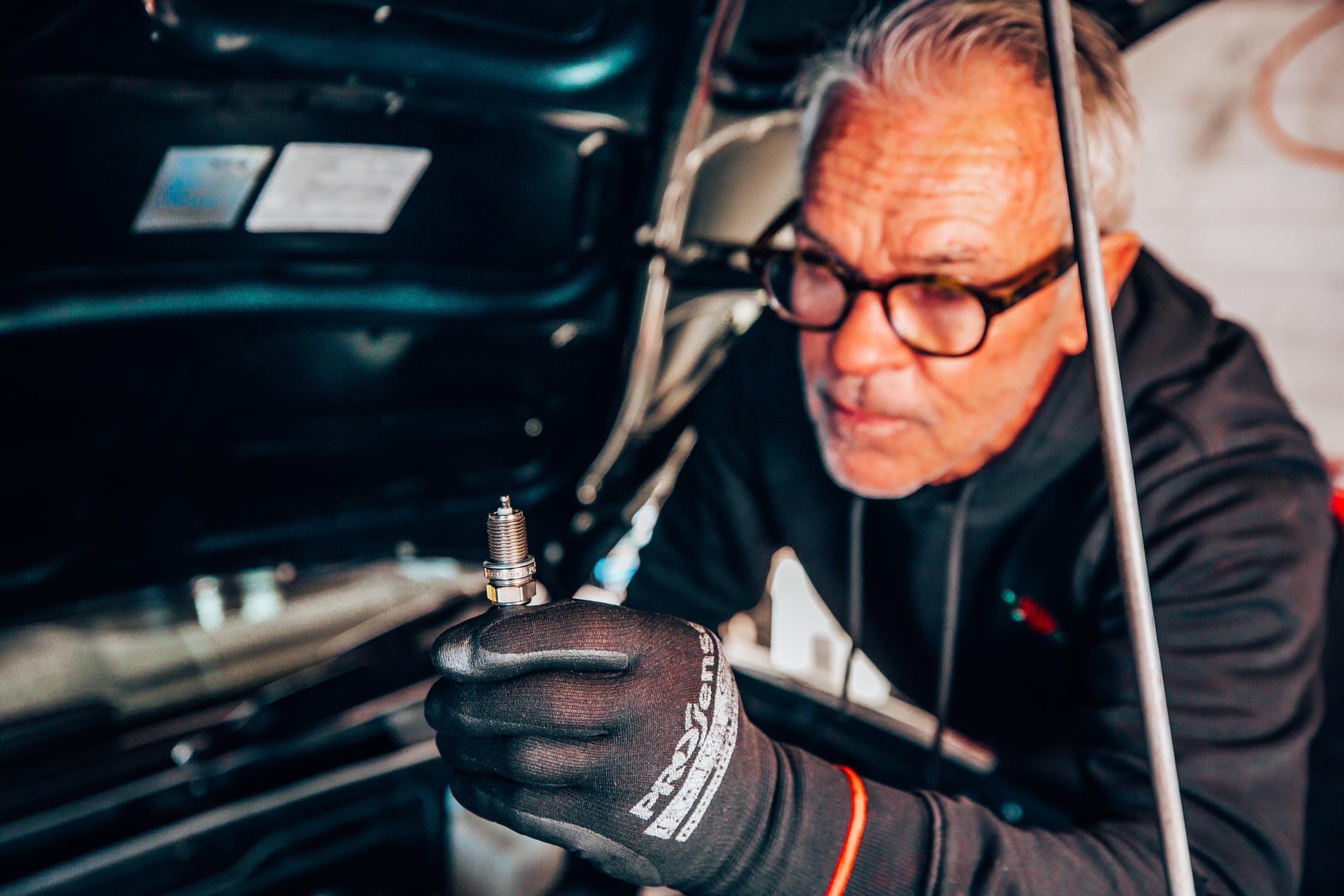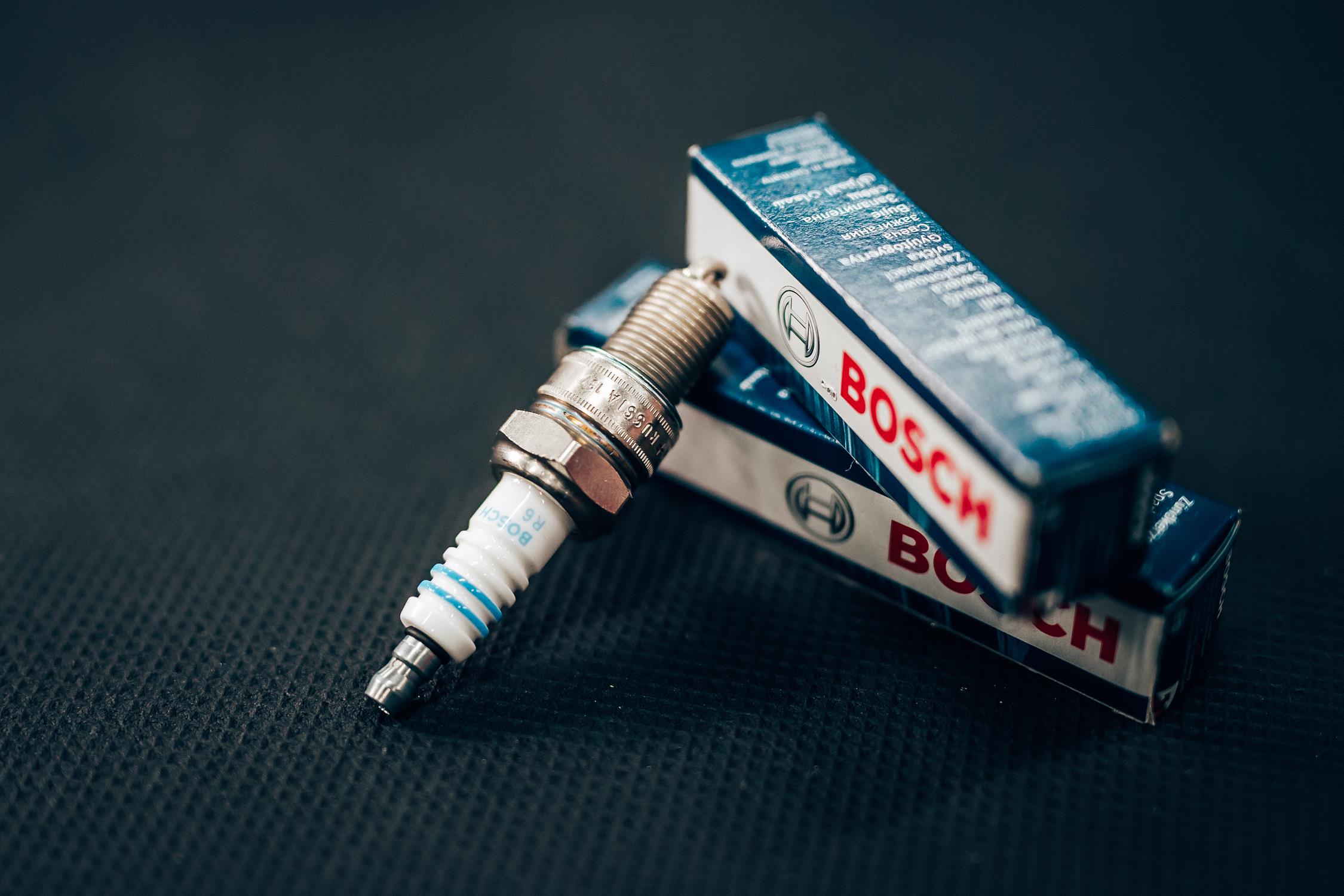Bright Sparks!
The Supercheap Auto experts tell us how spark plugs work — and why they sometimes don’t.
What does a spark plug do?
Spark plugs are critical little parts that sit at the top of the combustion chamber in internal combustion engines. There’s one (or more) for each cylinder in the engine. Each plug generates a spark from the battery that ignites a mixture of air and fuel. The ignition of the air/fuel mix provides the force required to send the piston back down the chamber, setting the engine in motion. This just converted chemical energy to mechanical energy!

Why are spark plugs so important?
New spark plugs will effectively restore easy starting, improve fuel economy, power and reduce emissions. Worn spark plugs — or using the incorrect spark plugs — can cause misfiring, rough idling and a decrease in horsepower. Worst-case scenario, they can cause mechanical failure and a hefty hit to the wallet.
What spark plugs do I use?
While the core components that comprise a spark plug have not changed in over 100 years. Increased demands of modern engines — higher compression ratios, higher voltages, leaner fuel mixtures and stricter emission standards — require a longer-lasting, more resilient spark plug.

This is achieved with the use of precious metals — platinum and iridium — in the centre and/or ground electrodes to reduce wear and increase service life. Be sure to use the correct application as indicated by the manufacturer of your vehicle.
Not sure how to make sense of spark plug part numbers? Don’t worry — we’ve got you covered. Check out our handy guide on understanding spark plug part numbers for a detailed breakdown of what each number and letter means.
How often to change spark plugs?
Check your vehicle’s service manual for manufacturer’s recommendation. Service intervals vary from brand to brand and model to model. Standard plugs generally last up to 30,000km. Spark plugs containing precious metal may last over 80,000km.
Ready to replace your spark plugs? Follow our step-by-step guide on how to replace spark plugs which takes you through each stage of the process, so you can get the job done efficiently and with confidence, just like a pro.
Expert tip: How to replace spark plugs from top mechanic Kevin Hudson.

Grab the high-tension lead by the boot, twist and remove from spark plug. Use a soft brush to clean around the base of the boot. Remove the spark plug with a spark plug socket. For difficult spark plugs, use a longer handle for leverage. Turn anti-clockwise until removable by hand. Check the condition of the spark plug, cleaning with a wire brush. If the insulator is cracked, the thread stripped or the electrodes burned, worn or corroded, then it’s time for a replacement spark plug.
When fitting a new spark plug, check its specifications for the correct gap between the electrodes — measured with a gauge. Adjust with a gap-adjusting tool. Then refit the new plug, adjusting to the correct torque settings. A dirty or oily plug might indicate a problem somewhere else in the motor. Time to call a mechanic.

Shopping List
*Important information* - Click here to read more about our DIY Advice Terms and Conditions.